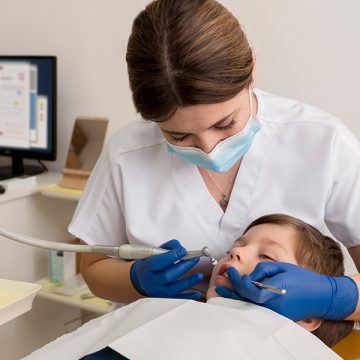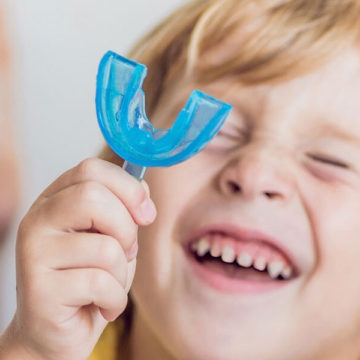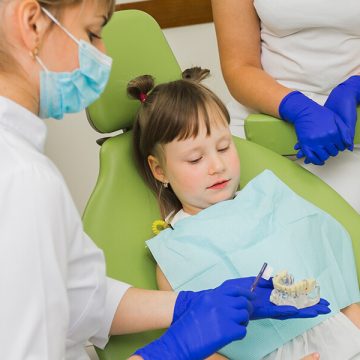Even though flossing and brushing are your mainstays for removing plaque and food from your teeth, your toothbrush can’t be responsible for reaching down deep into all the grooves. The grooves (pits and fissures) are the spots where your kids will be more likely to get cavities. What is a parent to do? Sealants have been developed – a thin, protective plastic coating- can give protection to those areas by stopping plaque and bacteria and keeping food out and from attacking their teeth, especially on the chewing area of the back teeth. Here at Kids First Dental in Columbia, we can help you with this process.
Who usually needs sealants?
Both children and adults can benefit from getting sealants, but it is better to get them at a younger age. As soon as your kid’s permanent molars come in, they should have sealants applied. Children’s first permanent molars usually make their appearance between ages 5 and 7 and the second set of permanent molars between ages 11 and 14. Kids who are at a higher risk of tooth decay will be the most benefited, so talk to your dentist at Kids First Dental in Columbia about what your child’s risk is for dental disease.
As an adult, some are at high risk for tooth decay and could also benefit from a sealant for their teeth. Be sure and talk to your dentist at Kids First Dental if you need more information.
How does a dentist apply a sealant?
Getting your teeth sealed is painless and easy. Here are the steps your dentist will take before applying a sealant:
- Your teeth will have to be cleaned before the sealant is applied.
- Your teeth will then be dried, and cotton placed all around them to keep them dry.
- The chewing surfaces will be roughened a little by using a solution so that the sealant will stick to the tooth better.
- The teeth/tooth is rinsed off and dried, and new cotton placed around them again.
- Your dentist will then paint on the sealant to your tooth enamel, where it will bond quickly to your tooth and harden quickly.
Having the sealant applied is painless and quick. The sealant hardens in about one minute.
Sealants usually last five to ten years, but your dentist at Kids First Dental should check it every time you go for an appointment, making sure they are still in place. Just because you have sealant placed on your kid’s teeth does not mean they no longer have to floss or brush their teeth. But they should have fewer cavities and need fewer fillings.
Using sealants for your child’s teeth is a judgment call by each parent. You will need to weigh the risk of cavities and having your child go through having the cavities filled in the future. It is best to discuss the pros and the cons with your dentist to help you make your decision.










